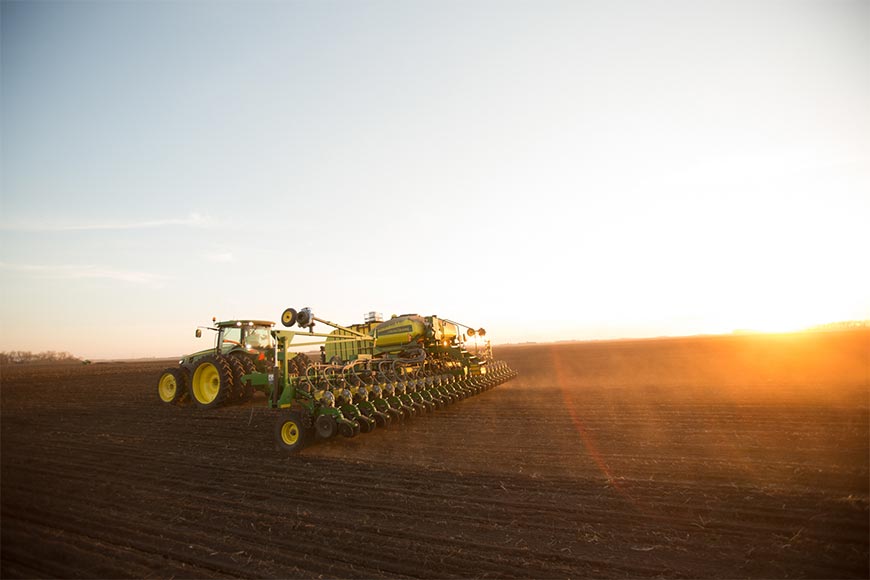Four Things to Consider Before a Replant

Wet. That’s the word that’s been used to describe field conditions across much of the Corn Belt in recent weeks. What started off as a strong planting season in some areas quickly turned into a challenge. I’ve been speaking with farmers who planted just ahead of heavy rain events who are now starting to see emergence issues in those fields. If you’re in the same situation, here are four things to consider.
Work with your local retailer to determine what makes sense for your operation.
1. Plant population.
The logical place to start when evaluating replant options is plant population, but don’t use population alone as the basis for your decision. Take several population counts throughout the field to account for field variability, and compare averages with your as-planted population. If you have a reduced stand and healthy, uniform plants, the potential yield loss may not be worth the effort and cost of replanting.2. Spatial variability.
Another important consideration is spatial variability. Evenly distributed plants have higher yield potential. If you notice areas in the field with spacing gaps larger than 3 feet, it’s more likey the field should be replanted with a sub-optimal population. Though plants do compensate fairly well for small gaps, larger voids more directly impact yield loss.3. Temporal variability.
Seed that emerges at different times due to less than optimal conditions can also result in yield reductions. Larger plants will shade out smaller ones, and it will be difficult to get good coverage with crop protection products with such variability. As old-timers would say about corn, “Once a runt pig, always a runt pig.” Evaluate growth stage variability and scrutinize stands closely that have more than two leaf collars difference between plants.4. Crop health.
The final consideration for replanting is crop health. Dig up plants and observe the roots for signs of trouble. Healthy plants will have turgid, white mesocotyls (corn) and hypocotyls (soybeans). Browning, soft roots could indicate seedling diseases that will result in further stand loss. Seedling diseases can also live latent in plants for some time and predispose them later in the season causing both yield loss and lodging. The decision to replant isn’t always easy, but collecting accurate field information can help guide your decision. In addition to the four considerations above, keep in mind the costs associated with replanting and any yield loss that may come from a shortened growing season.Work with your local retailer to determine what makes sense for your operation.

